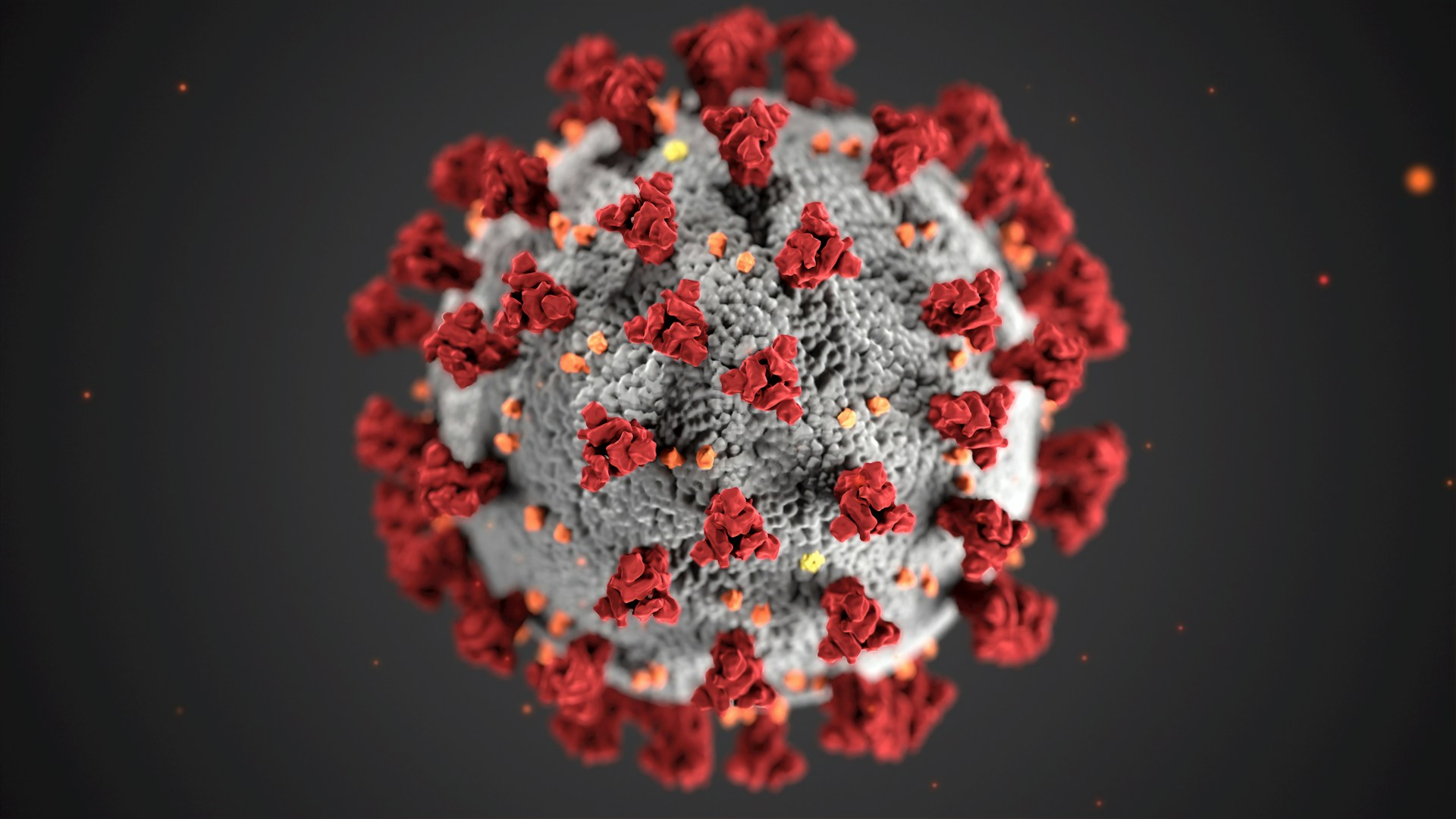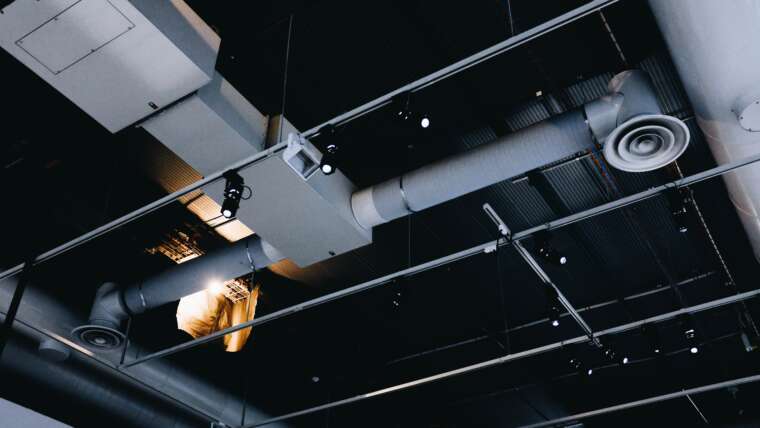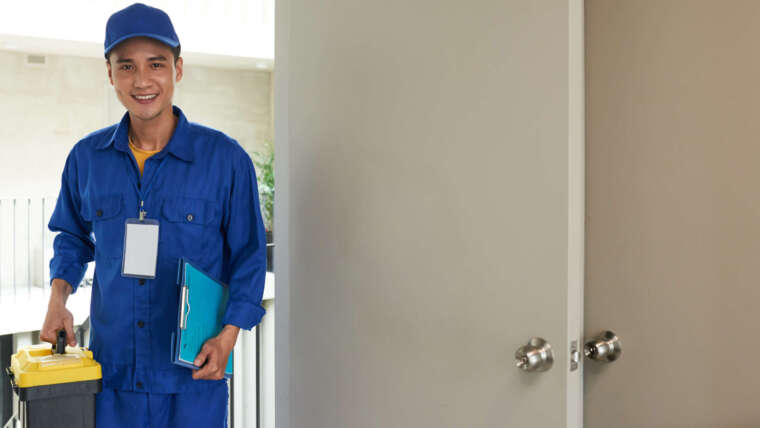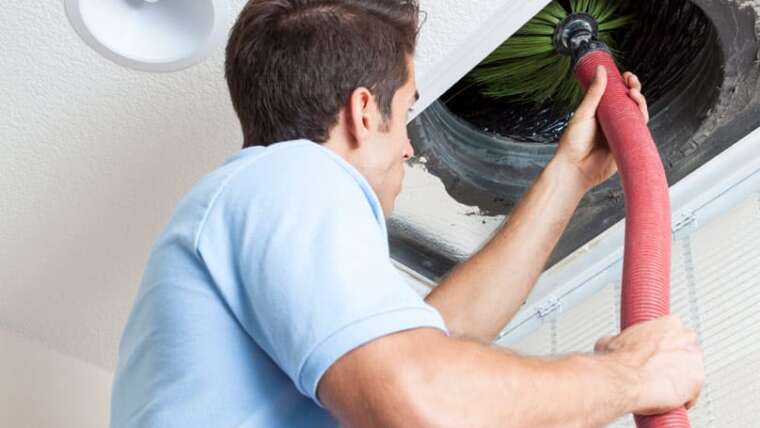
Airborne viruses can travel further than most people realize — especially in enclosed environments where HVAC ductwork plays a central role in air circulation. In residential, commercial, and industrial settings, ducts are designed to move air efficiently. But when that air contains virus particles, your duct system can inadvertently become a distribution network for pathogens.
In this article, we’ll explore how viruses interact with HVAC systems, how far airborne illnesses can travel through ductwork, and what proactive steps you can take to reduce viral spread indoors. Whether you’re a homeowner or business operator, understanding the relationship between airborne viruses and duct systems is key to maintaining a healthier indoor environment.
How Viruses Travel Through HVAC Ductwork
Viruses are microscopic, but they rarely float through the air alone. Instead, they attach to respiratory droplets or aerosol particles — both of which can remain suspended in the air for extended periods and be pulled into ventilation systems.
Once airborne, these droplets can be carried through return vents, pass through the furnace or air handler, and then be redistributed throughout the building. The question is not just can a virus travel through air ducts, but how effectively it can move between rooms and how long it can remain viable.
For example, when asking “how far can flu virus travel in the air through furnace air ducts,” studies have shown that flu particles can remain infectious for several hours depending on humidity, temperature, and surface types. If the HVAC system lacks proper filtration or sanitization, these particles can be spread through the entire ventilation network.
The Role of Filters and Air Quality in Virus Spread
Most HVAC systems include filters to trap dust and allergens. However, standard filters are often not equipped to capture virus-sized particles, which range from 0.1 to 0.3 microns. Without advanced filtration or UV disinfection, these particles can bypass the system entirely.
Over time, virus particles can even form a virus film in air ducts, especially in systems with excessive moisture or accumulated debris. This film can become a secondary source of airborne contaminants if the system is disturbed or airflow increases suddenly.
In these cases, a one-time air duct cleaning is not always sufficient. Comprehensive measures, including HVAC sanitizing and filter upgrades, may be necessary to fully remove or deactivate pathogens hiding in the ductwork.
Conditions That Make Duct Systems a Virus Carrier
Several factors increase the likelihood that HVAC systems will help circulate viruses indoors:
- Poor Ventilation Design. Ducts that recycle air without introducing fresh outside air can trap and circulate airborne pathogens.
- Neglected Air Filters. Clogged or low-efficiency filters allow contaminated particles to pass through and re-enter the living space.
- High Humidity in Ducts. Moisture buildup inside ducts supports microbial growth and extends virus viability.
- Rarely Cleaned Systems. Ducts filled with dust, dander, and organic debris provide surfaces for virus particles to adhere to and linger.
When these factors are present, virus in ducts becomes a real concern, particularly in environments with high foot traffic or individuals with compromised immune systems. Routine furnace maintenance and air filter replacement can go a long way toward preventing viral transmission through the system.
HVAC Modifications That Help Control Virus Spread
Modern HVAC upgrades can dramatically improve your indoor air quality and reduce the risk of airborne viral transmission. If you’re concerned about virus circulation or have experienced frequent illnesses in your space, consider these upgrades:
- High-Efficiency Filters (MERV 13+). These filters are capable of trapping particles as small as 0.3 microns, capturing many virus-laden aerosols.
- UV Light Installation. Ultraviolet germicidal lights can be installed in your system to neutralize pathogens before they’re circulated.
- Duct Sealing. Leaky ductwork allows contaminated air to escape and re-enter the system. Aeroseal duct sealing minimizes air loss and limits unintended particle movement.
These upgrades aren’t just for hospitals or commercial spaces — many homeowners are now requesting residential versions to improve everyday air quality. A consultation with a professional can help you select the best combination for your specific needs.

How HVAC Duct Redirection Can Influence Virus Containment
Another often-overlooked factor is HVAC duct redirect virus transmission potential. If the duct layout sends return air from high-risk rooms (like a sick person’s bedroom or a shared bathroom) directly into shared spaces, the risk of spreading infection increases.
Redesigning or redirecting airflow can reduce cross-contamination. For example, configuring systems to isolate specific zones or using HEPA-filtered in-room air purifiers for return zones can help reduce virus spread. This strategy is especially important in commercial buildings, schools, and shared-living facilities.
In such setups, commercial duct cleaning and rebalancing may also be necessary to reset the system and improve air handling performance post-modification.
Why Routine Duct Cleaning Isn’t Just About Dust
Many people think duct cleaning is only about removing dust and allergens. But when it comes to duct cleaning virus concerns, the stakes are higher. Dust-laden ducts can trap airborne pathogens and reintroduce them with each HVAC cycle.
This is particularly relevant in settings where illness spreads quickly — like daycare centers, dental offices, or multi-tenant housing. A proactive approach to duct care — combining debris removal with antiviral fogging or HVAC mold removal where needed — helps ensure that viruses don’t find a lingering home in your ductwork.
Addressing Virus Risks Proactively
Prevention is always more effective than remediation. If you’re wondering whether your current system could be spreading contaminants, consider asking these questions:
- When was your last air duct cleaning?
- Are your filters upgraded beyond basic fiberglass?
- Does your HVAC system include UV or ionizing technology?
- Have you noticed higher illness rates or persistent poor air quality?
If you’re unsure about the answers or haven’t had your ducts evaluated recently, now is the time to act. Taking steps to reduce virus in ducts is not just a seasonal concern — it’s a year-round indoor health priority.
Conclusion: Your Ductwork Shouldn’t Work Against You
HVAC systems are built to provide comfort — but without proper maintenance and filtration, they can also become silent carriers of airborne viruses. From the way airflow is routed to the condition of your filters and ducts, every component plays a role in either controlling or amplifying contamination risks.
Whether you’re looking to sanitize your system, upgrade to virus-resistant features, or get a professional opinion, ProMaster Air Duct Cleaning offers tailored solutions that fit your environment. From duct disinfection to UV light installation and airflow optimization, we’re here to help you create a cleaner, safer indoor space.



